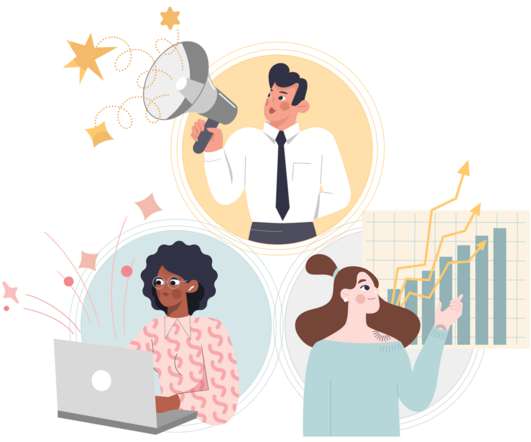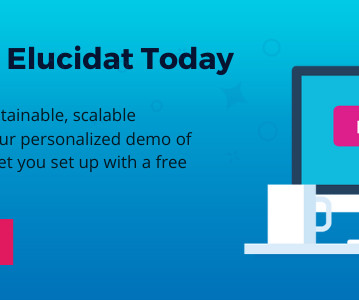10 invaluable tips to develop asynchronous learning
Docebo
FEBRUARY 6, 2022
For example, in-person setups (like physical classrooms) or live, scheduled events (like zoom video conferencing) are better suited for synchronous learning. Because of this, organizations are relying more and more on online, digital learning tools, like webinars and virtual classrooms.

































Let's personalize your content